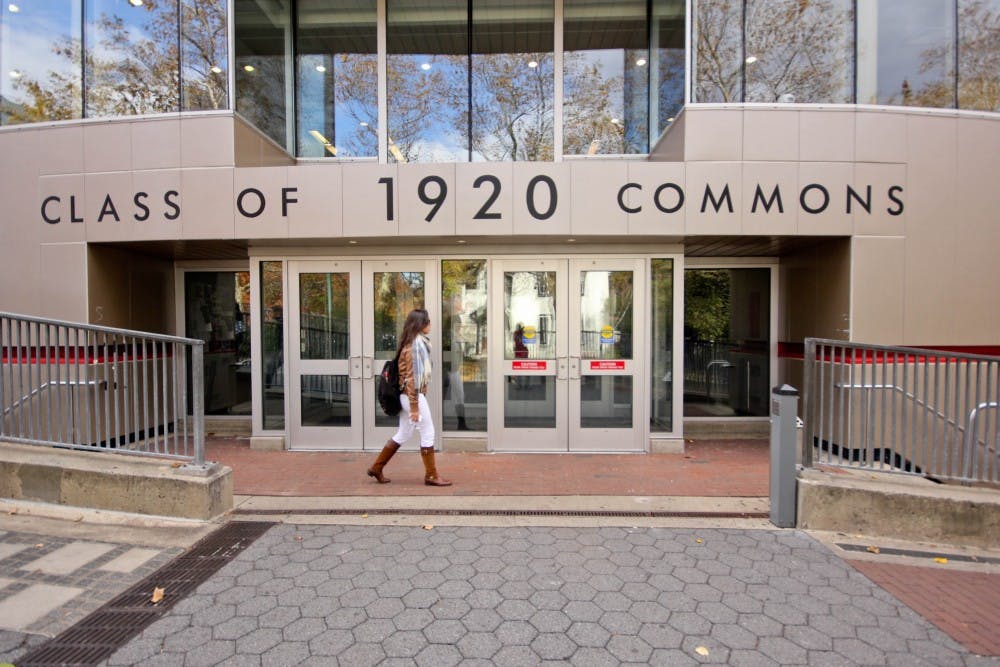
Counting calories is important for many diets, but Penn’s dining halls don’t make the counting easy.
Penn Dining and Bon Appétit do not publish precise nutritional information — like calorific content, percent daily values of nutrients and grams of sugar — for all of their foods. Pilot programs are in the works, however, to make more nutritional information available to students through the PennMobile app and elsewhere, Director of Penn Dining Pam Lampitt said in an interview for a previous article on changes in meal plans.
Through the Penn Dining website, Bon Appétit already makes a lot of nutritional data available for the public. But students should not take this data as their dining hall Bible.
“Rather than creating standardized meals based on specific predefined recipe books, our chefs at various accounts across the nation create their own menus for their customer base,” Bon Appétit nutritionist Dan Connolly wrote in an email. “Our chefs therefore cook their meals from scratch on a daily basis, and because of this we are unable to list detailed nutrition information of food items we offer in our cafés.”
Nutritional information is available for typical menu items like beverages and condiments, but accurate information on specific and changing menu items is not readily available. Knowing the nutritional values of foods can be a guessing game for students.
College freshman and previous The Daily Pennsylvanian contributing reporter Anuj Amin has been focused on maintaining a proper diet before he came to Penn. “I have definitely been trying to count calories in Commons, but it’s hard when I’m a vegetarian and the options are already limited,” he said. “Most of the time I have no clear idea how many calories I consumed, so I try to make an educated guess, but even that’s hard when food like pizza is in all different sizes.”
“It would be great if they could post the amount of calories and nutritional information right next to where the food is served — that would be ideal,” Amin added.
What nutritional data is available to students comes from “USDA data, common cooking techniques, and data from our suppliers,” Connolly wrote.
Variations are possible due to differences between suppliers, seasonal changes and kitchen preparation, and therefore “any attempt to directly connect this general information to any specific item served at any location would be misleading to the consumer,” he continued.
What can students do when nutritional information isn’t easy to obtain? “Whenever I have to eat in the dining halls, I always try to stick to the green foods and what looks healthy,” College freshman Cassie Huang said. “It’s been hard to try to know how many calories or how much sugar is in everything that’s being served, so I just dodge the normal things like desserts or fried foods.”
“Bon Appétit is always looking into better ways to inform and increase the overall well-being of their guests, nutrition information being a part of that equation,” Connolly wrote. “Providing the generic information on our website was a first step. We hope to be able to provide additional information that may be helpful to the community in the future.”
Any student with a dietary or nutritional concern may contact Connolly for private advice and tips on how to navigate the dining halls.
The Daily Pennsylvanian is an independent, student-run newspaper. Please consider making a donation to support the coverage that shapes the University. Your generosity ensures a future of strong journalism at Penn.
DonatePlease note All comments are eligible for publication in The Daily Pennsylvanian.








